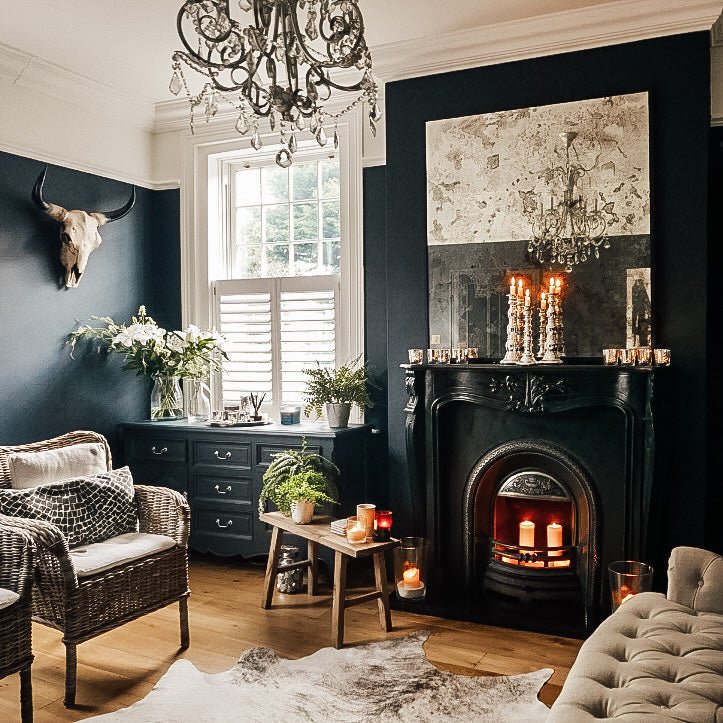
The evolution and resurgence of vintage furniture trends over the decades.
Vintage furniture is not just about nostalgia; it's a tangible walk through history.
Every era, with its distinct sociopolitical climate and cultural nuances, has left its imprint on furniture design.
As we navigate our way through modern interior design trends, it becomes crucial to understand the timeless allure of vintage designs and their recurrent popularity.
The Early 20th Century: Arts and Crafts Movement (1900s - 1920s)
At the turn of the century, the world was rapidly industrializing, leading to mass production of goods.
Amidst this transition, the Arts and Crafts movement emerged as a counter-response, advocating for the beauty and dignity of handcrafted items.
The furniture from this movement revered the authenticity of the materials, often emphasizing the wood's natural grain or the metal's intrinsic texture. Today, in a world of disposable culture, the lasting quality and earnest craftsmanship of this era's designs are sought after by many.
The Golden Era: Art Deco (1920s - 1930s)
With flapper dresses and jazz music defining the Roaring Twenties, the Art Deco style emerged, encapsulating the era's spirit.
It was the epitome of luxury, with furniture often featuring rich velvets, polished woods, and gleaming metallics.
Geometric patterns, sunbursts, and zigzags became signature motifs. When the 80s revisited Art Deco, they brought with them neon colors and more pronounced geometries, showcasing the style's adaptability to evolving tastes.
The Mid-Century Modern Era (1940s - 1960s)
The end of World War II saw nations rebuilding and families reuniting. The era demanded functional, affordable, yet stylish furniture.
Mid-century modern designs answered this call with pieces that were simple yet elegant. Their charm lay in their clean lines, organic curves, and a seamless blend of form and function. This trend's resurgence today, especially in urban settings, underscores its universality and timeless appeal.
The Eclectic 70s and 80s
If there were two decades that unabashedly challenged design norms, they were the 70s and 80s. Furniture designs from these periods were bold, often teetering on the edge of audaciousness.
Earthy tones, shag rugs, and bean bags defined the 70s, while the 80s reveled in postmodernist experimentation, with pop-art influences and a riot of colors. Their revival in the 2010s, albeit in a more refined manner, indicates our innate desire for vibrant spaces reflecting individuality.
The Minimalist 90s
After the kaleidoscopic designs of the previous decades, the 90s sought solace in minimalism.
Austerity became the guiding principle, with muted palettes, unadorned surfaces, and an overarching sense of calm defining spaces.
The emphasis shifted to the quality of materials and craftsmanship rather than embellishments. Today's minimalist movements, particularly in Scandinavian designs, owe much to the foundations laid in the 90s.
The 21st Century: A Melting Pot of Styles
Today's design landscape is a rich tapestry of past eras woven with contemporary threads. Digital platforms play a pivotal role, allowing enthusiasts and professionals to explore, reinterpret, and share myriad designs from across decades and continents.
With sustainability becoming a focal point, vintage designs, with their emphasis on durability and timeless appeal, are witnessing renewed interest.
Factors Fueling the Resurgence of Vintage Trends
The emotional resonance of vintage designs cannot be underestimated. For many, these pieces evoke personal memories or a collective sense of nostalgia.
Furthermore, the emphasis on sustainable living has made vintage furniture a practical choice. Social media, with its visual-driven platforms, has become a catalyst, with
influencers and enthusiasts showcasing the beauty and versatility of vintage designs, inspiring a new generation of admirers.
The Role of Restoration in Vintage Furniture Trends
Restoration is akin to giving a second life to vintage pieces. Both DIY enthusiasts and professional restorers have played a pivotal role in keeping the essence of vintage designs alive.
This meticulous process preserves the original character while ensuring the piece meets modern-day functionality needs.
Future Predictions: What's Next for Vintage Furniture
As the world moves towards more sustainable living practices, the allure of vintage furniture, known for its craftsmanship and durability, is bound to increase.
We foresee a harmonious blend of vintage aesthetics with modern technology, where pieces will retain their classic charm but be embedded with smart features.
Conclusion
In design, as in life, history often repeats itself. The cyclical resurgence of vintage furniture trends is a testament to their enduring charm and adaptability. As we move forward, it becomes essential to cherish these timeless pieces, for they are not just furniture but repositories of stories, craftsmanship, and cultural evolution.

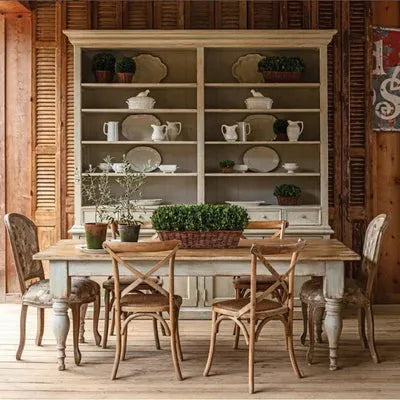
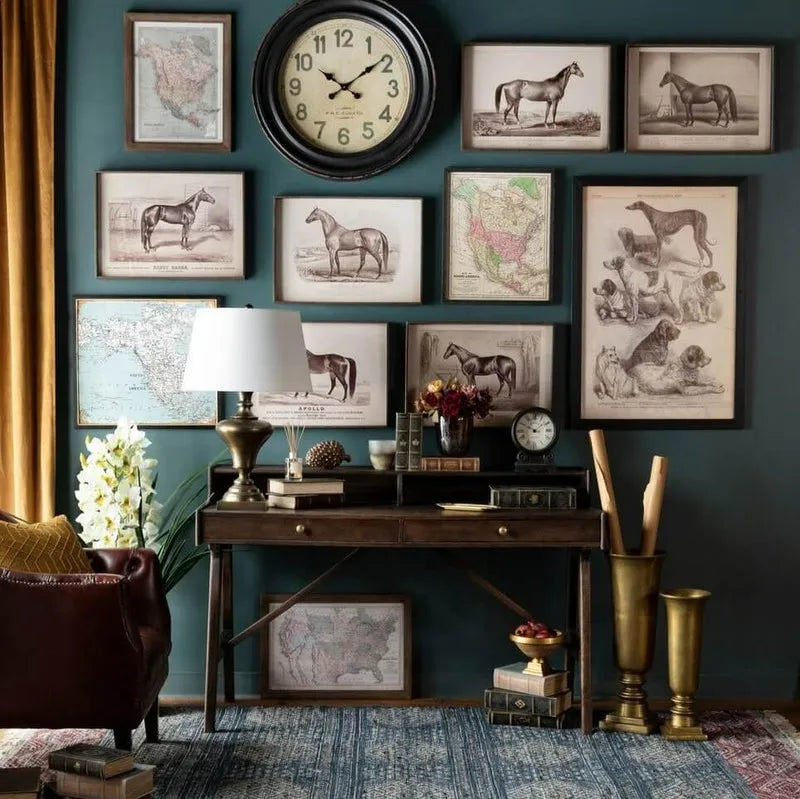

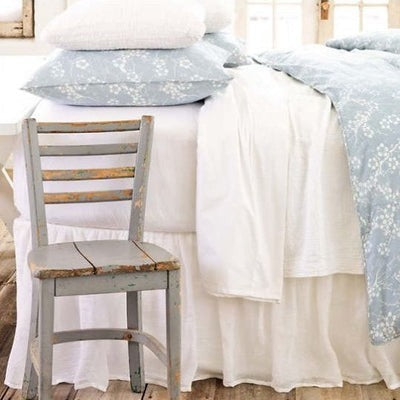
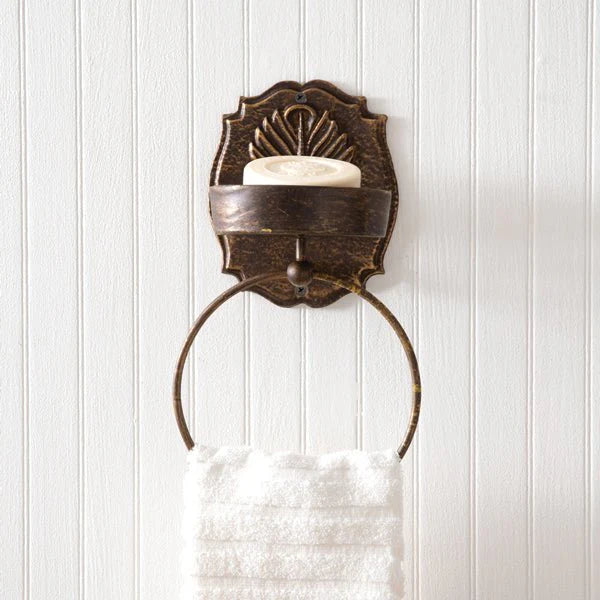

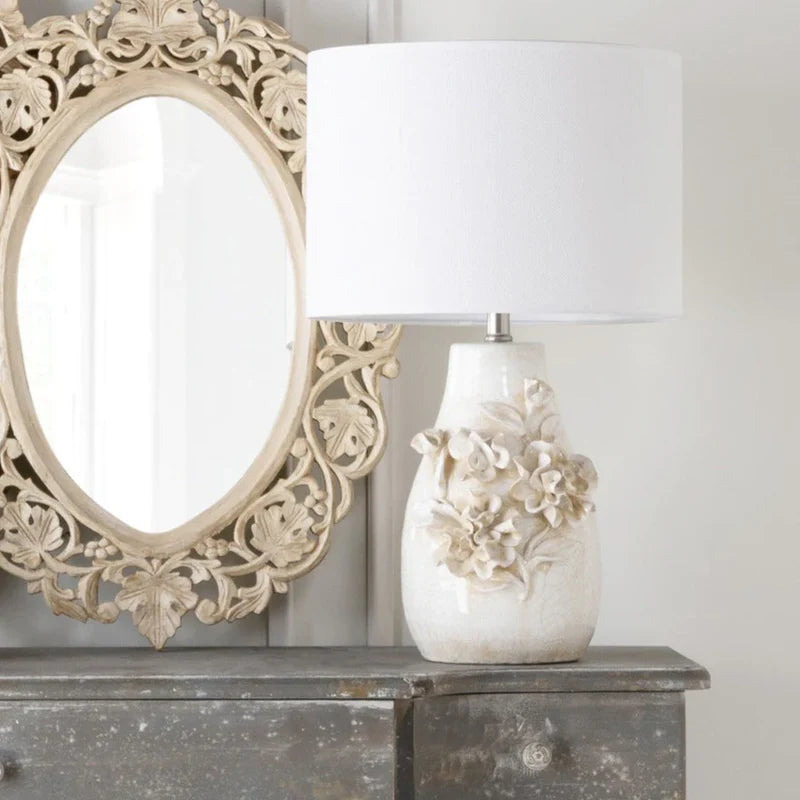
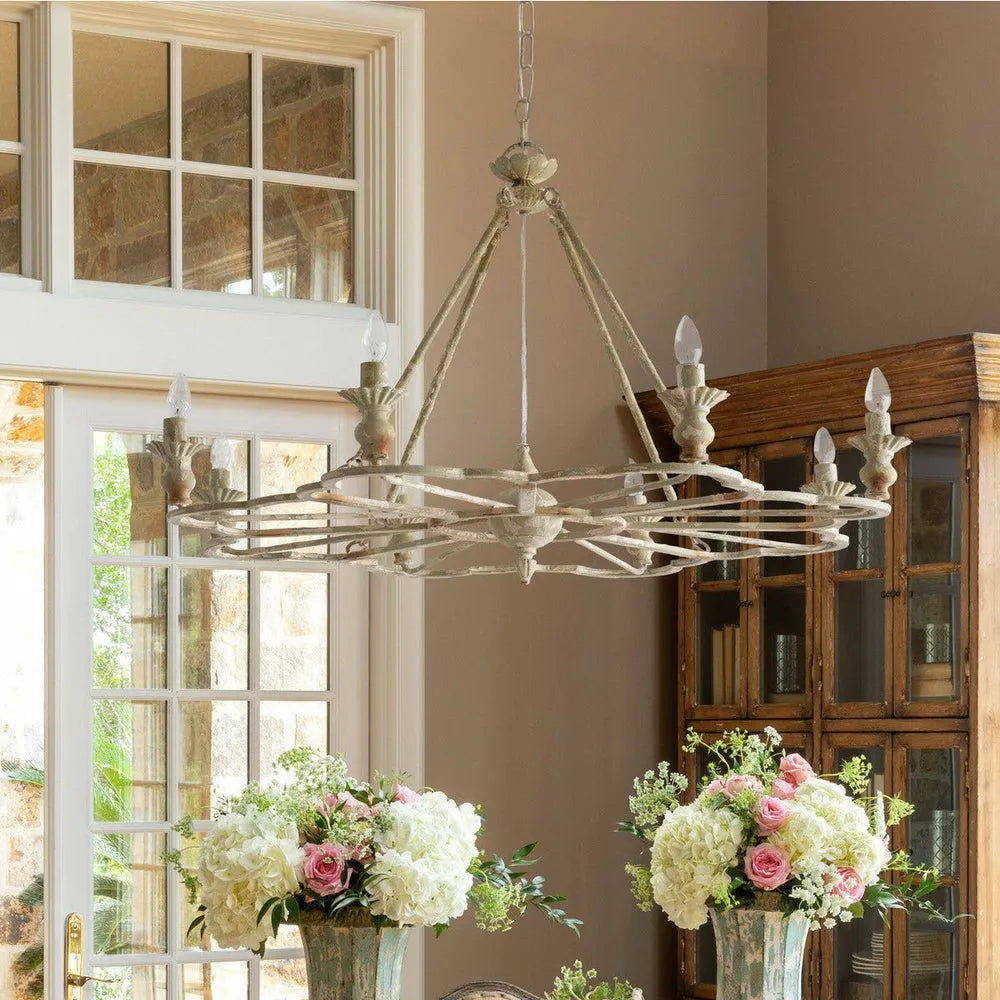
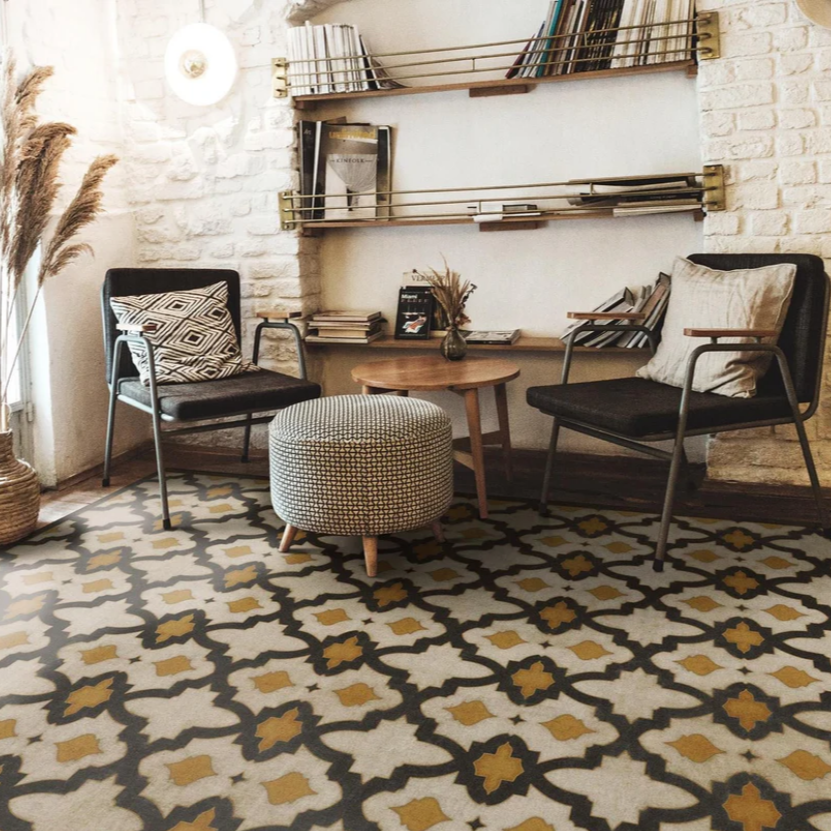
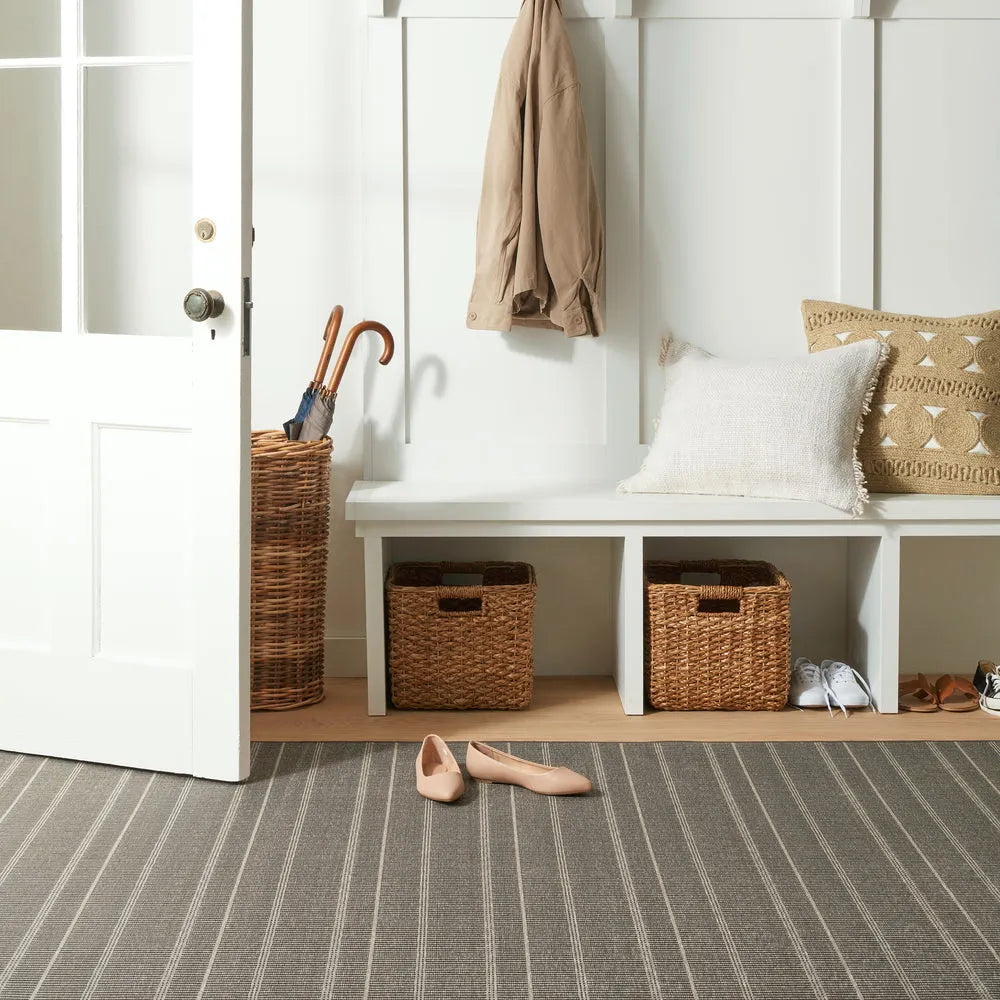


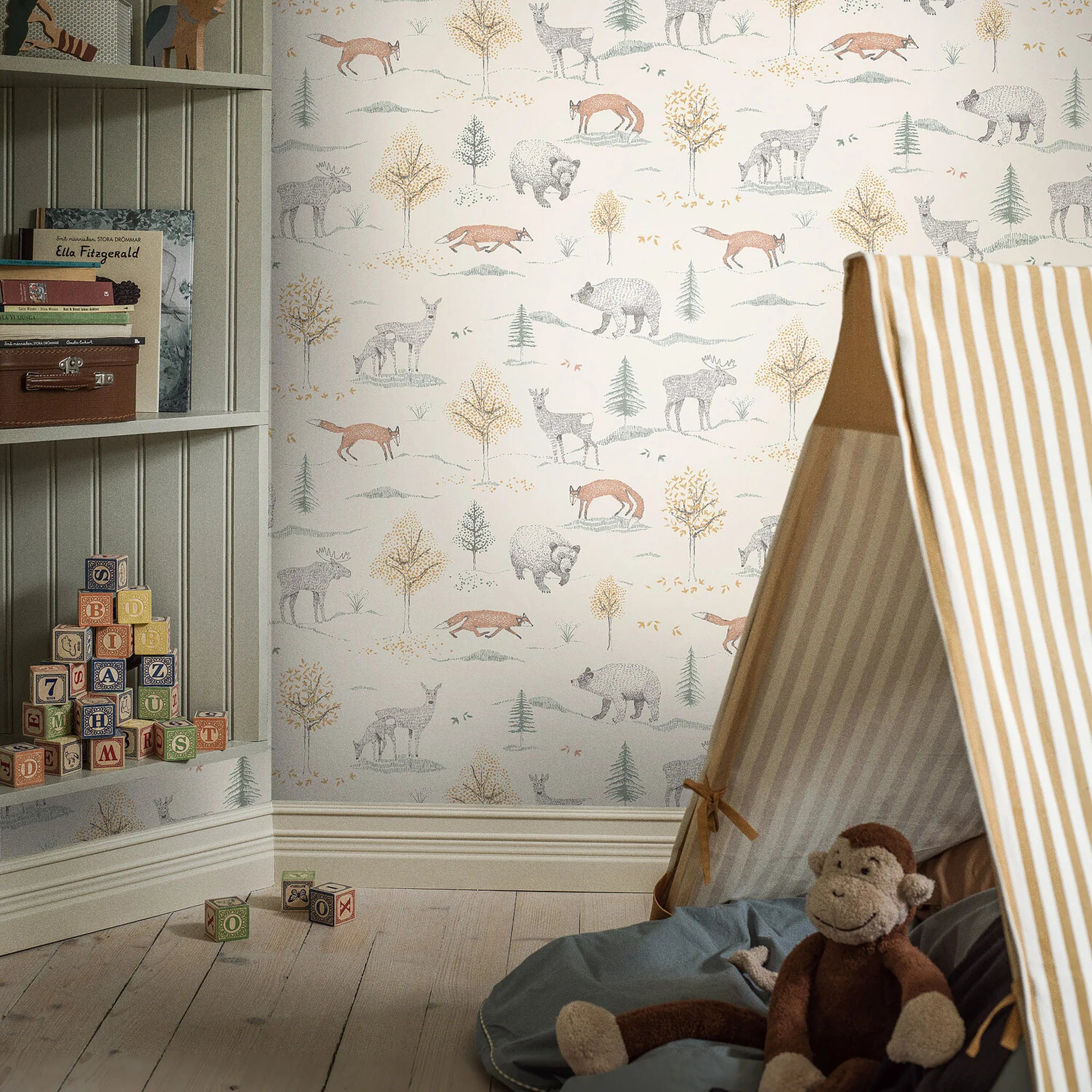
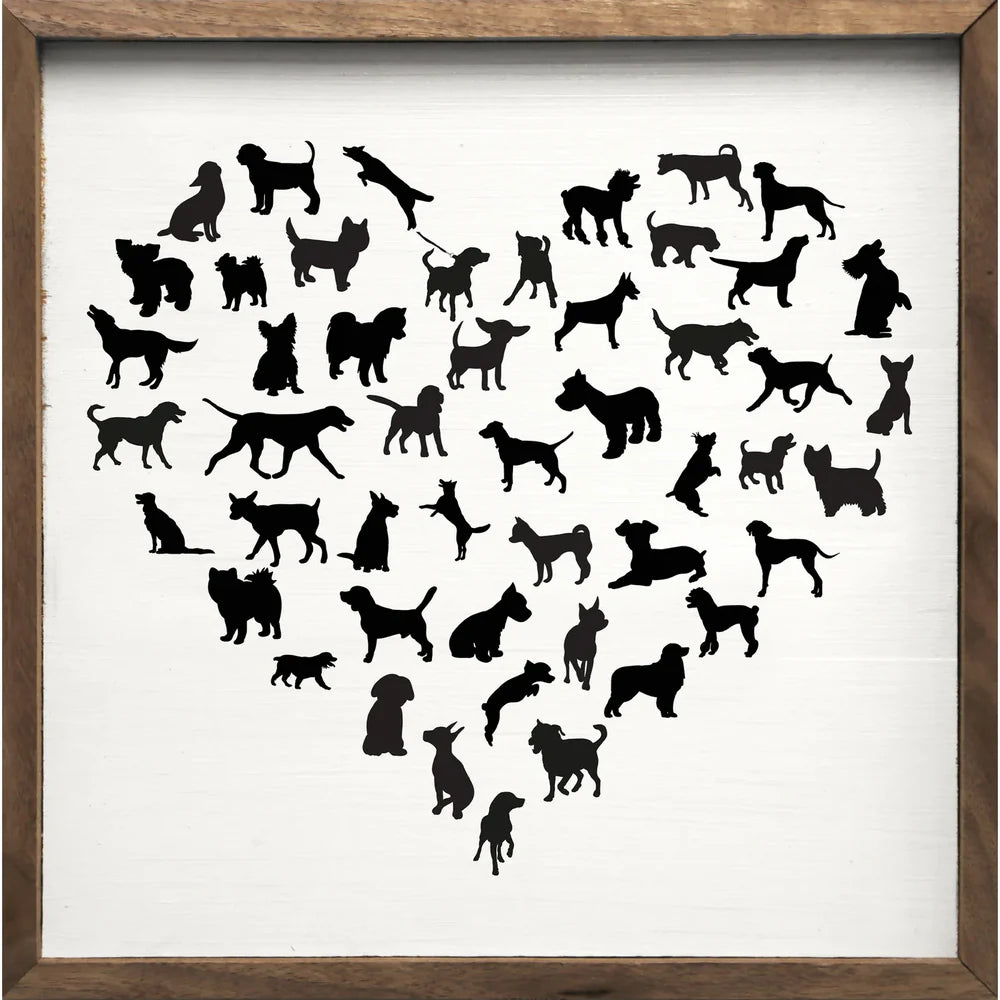
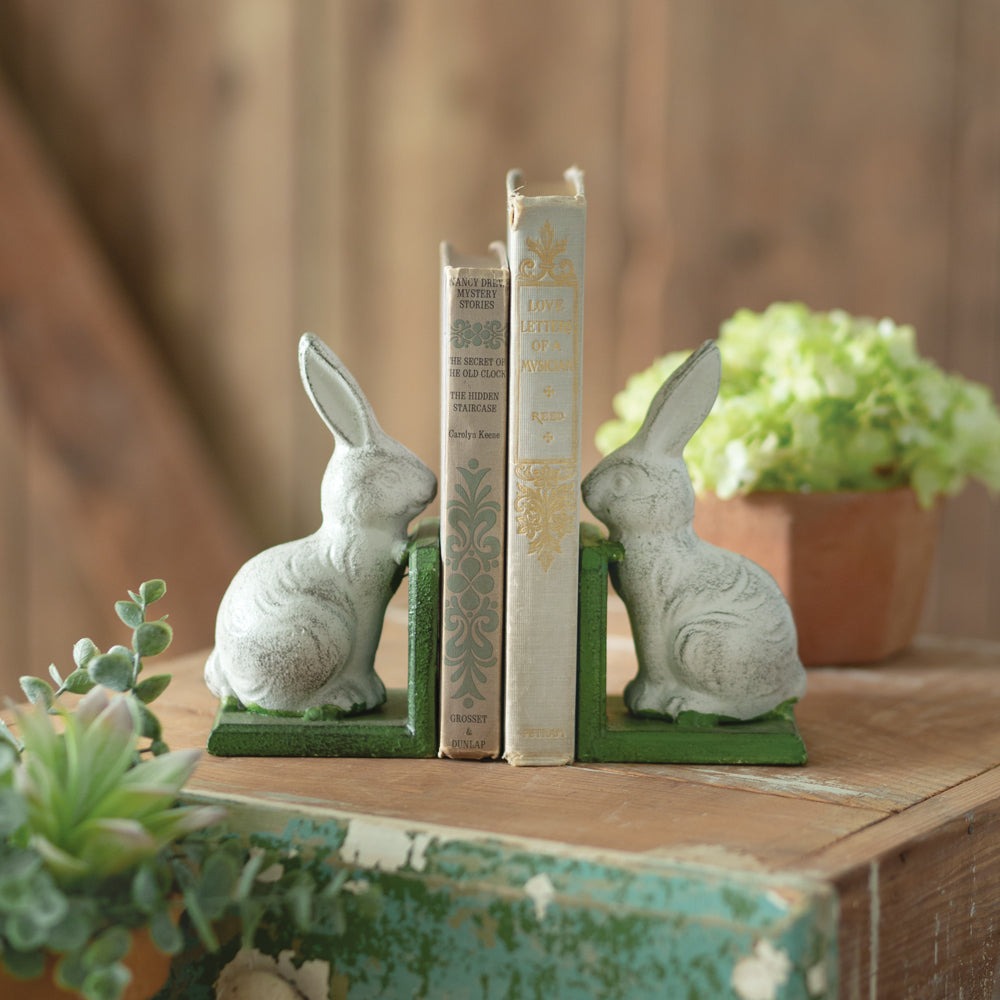
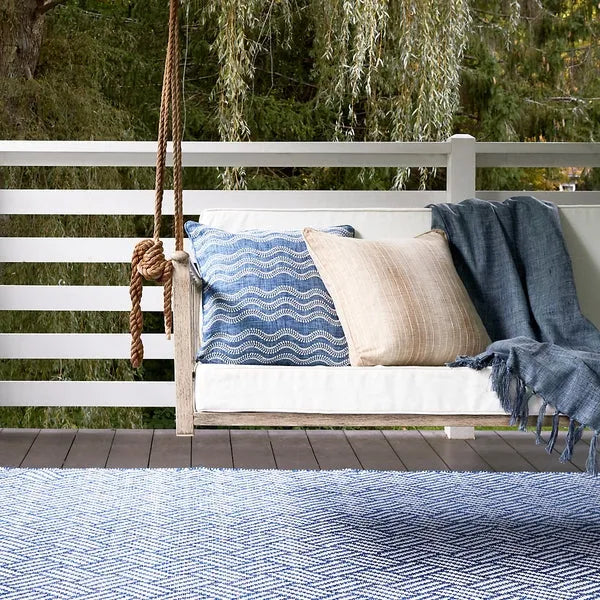
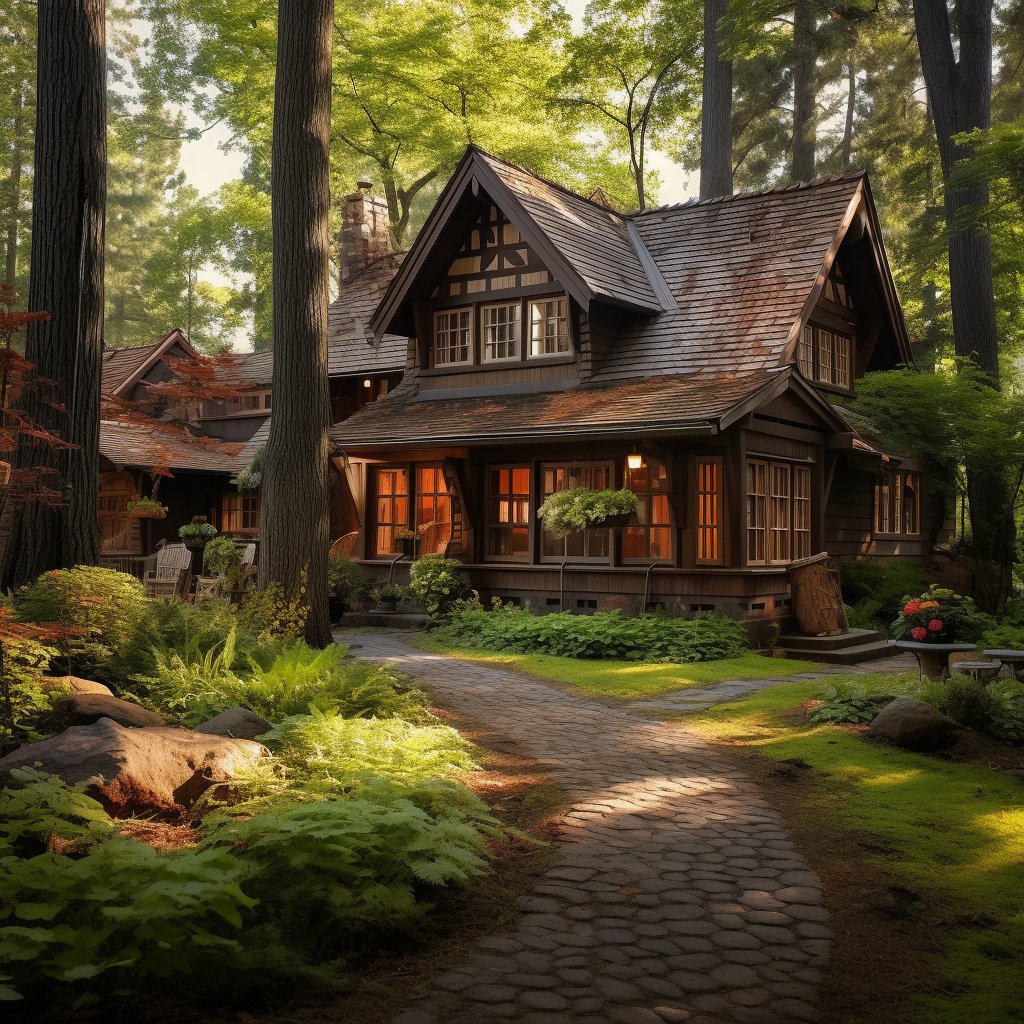
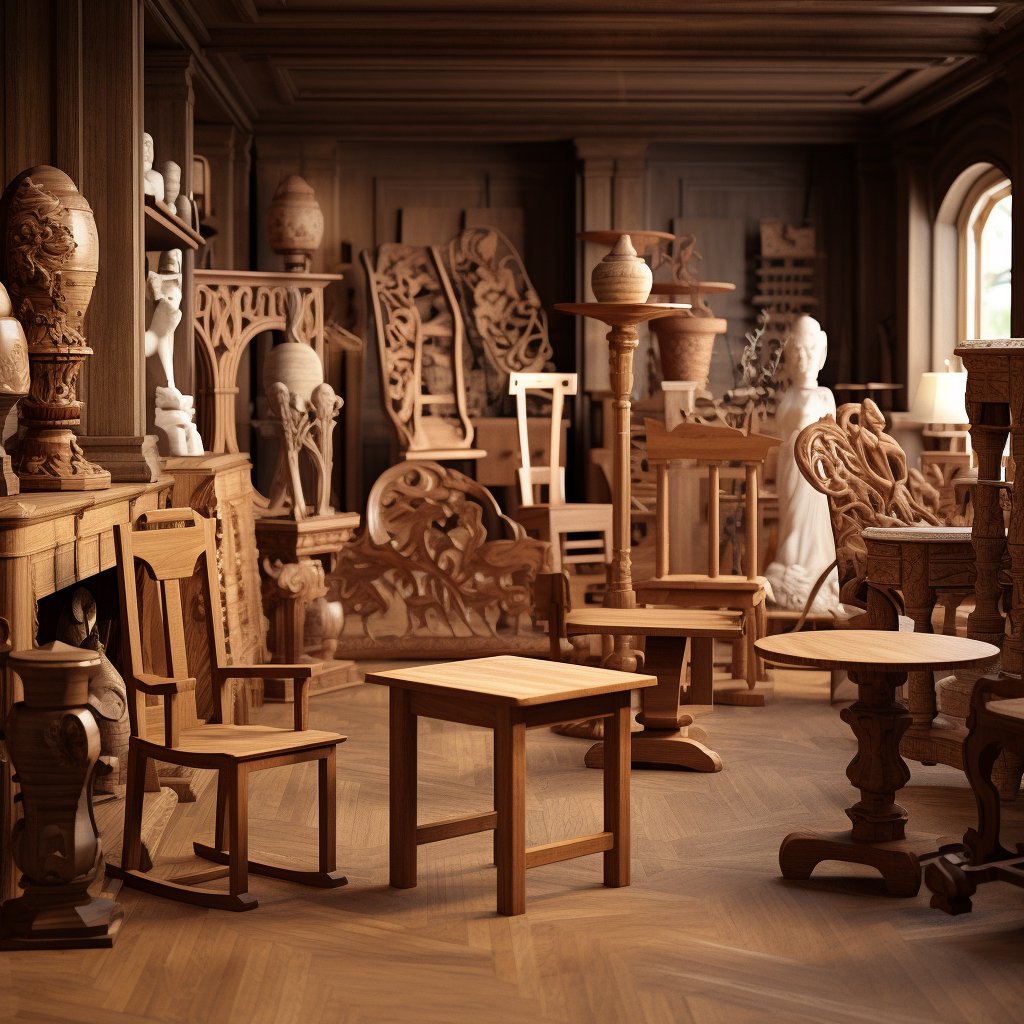
Leave a comment
This site is protected by hCaptcha and the hCaptcha Privacy Policy and Terms of Service apply.